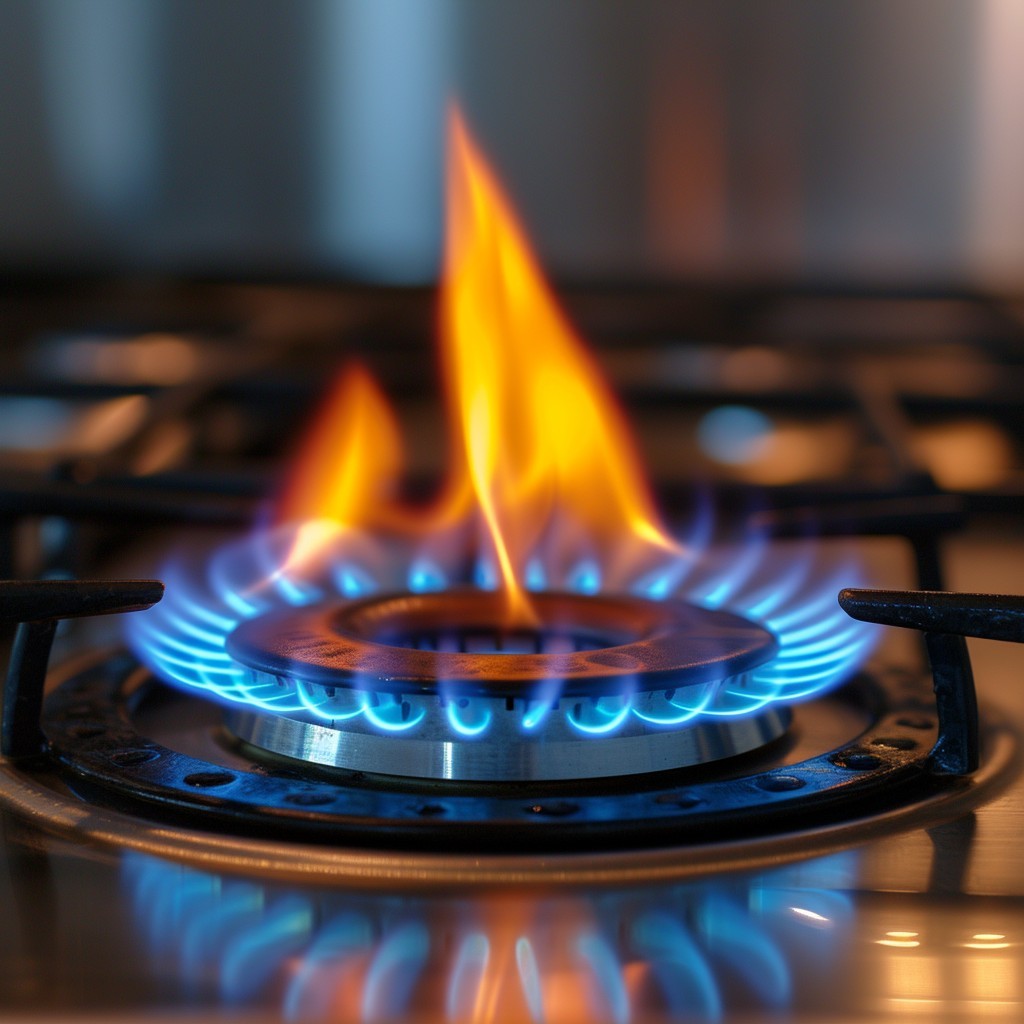Reduce Costs: Effective Tips for Lowering Operating Expenses
release time:
2024-11-22
When pondering the costs related to gas and electric ranges, the gas range showcases particular traits. Energy pricing is a prominent factor. Across numerous locales, the natural gas powering the gas range is frequently more cost-effective than electricity. Based on available market insights, in specific regions, the average cost per therm of natural gas approximates $1.00, while the cost per kilowatt-hour of electricity could be $0.15. This commonly affords the gas range a cost edge. However, it's not as simple as it seems. In regions with fluctuating energy markets, the cost disparity may lessen. It's essential to contact local utility suppliers to obtain precise details of gas and electric rates and calculate potential monthly expenditures for both the gas range and the electric alternative.
Efficiency is also a crucial element. The gas range offers immediate heat via its flame, permitting rapid temperature alterations. Nevertheless, electric ranges, especially induction models, possess high efficiency. They can convert roughly 90% of the energy they utilize into heat, whereas the gas range generally manages only around 70%. Envision a bustling local café that undertakes substantial cooking daily. If they transitioned from a gas range to an induction electric range, they might amass notable savings on energy costs over a year. Yet, the direct heat of the gas range has its own attractions and practicality for particular cooking techniques. This variance in efficiency has a significant impact on the long-term operational costs of both the gas range and the electric range, especially for those who cook regularly or in large volumes.

Maintenance expenses cannot be neglected either. The gas range requires a bit more care. Routine burner cleaning and guaranteeing the gas line's proper condition are necessary. A local eatery we conversed with stated they must service their gas range every few months to maintain its optimal functionality. In contrast, electric ranges typically have more straightforward maintenance. But issues such as a malfunctioning heating element or electrical glitches can result in costly repairs. Over time, the cumulative maintenance costs can substantially influence the overall cost of owning and using both the gas range and the electric range.
In conclusion, the operational cost is a decisive aspect when deciding between gas and electric ranges. By meticulously evaluating energy prices, efficiency ratings, and maintenance outlays associated with the gas range and the electric range, consumers can reach a well-informed decision that aligns with their cooking habits and financial plans.
Contact Us
Address:No.21,Tiyun Road,Guizhou Neighborhood Committee, Ronggui Street,Shunde,Foshan,Guangdong,China
Contact: Shelly
Mobile: +8613925919627 +8615015898299
Email: shelly@alkbarrierfree.com
















